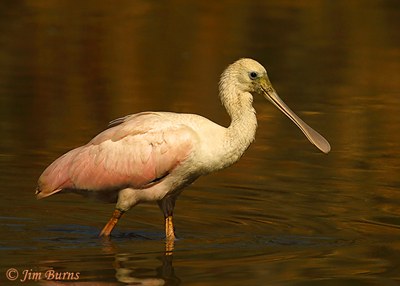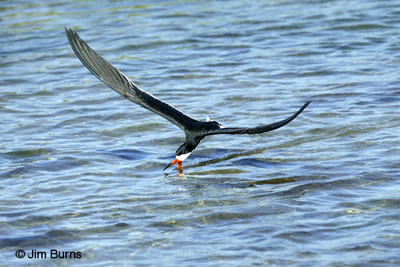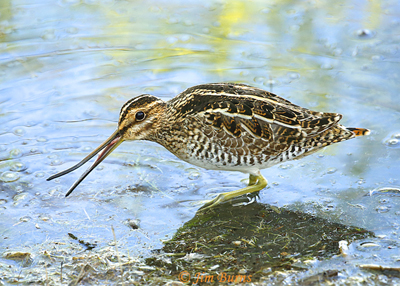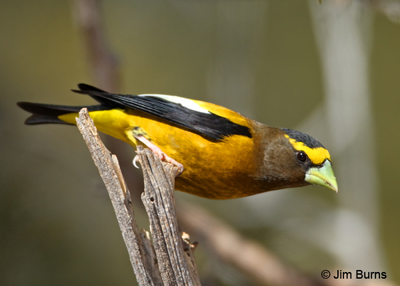I’d like to open with what is arguably the most unique bill in the avian world, the spoonbill worn by the bird that is inarguably Phoenix’s most loved and celebrated vagrant of all time, Rosy the Roseate Spoonbill which has inexplicably hung out with us going on two years now. Its huge, spatulate bill is truly a wonder of nature.
Spoonbills feed by tactolocation, scything their marvelous bill cum tool, partially open, from side to side through shallow water. When the spoon contacts the prey, the bill immediately clamps shut. All manner of aquatic animals are captured and consumed--fish, crustaceans, and insects, along with some vegetative material. The size and shape of the bill, and the small, hooked nail on the tip of the upper mandible insure nothing in the bird’s head sweeping arc will escape.
Another of our birds recognized by its large, distinctive bill and the way it is used is the Black Skimmer, another tactile feeder. The skimmer bill is unique in two ways. The lower mandible, laterally compressed to knife like, slices shallow water as the shorter, slightly thicker, hinged upper mandible is carried along just above the surface. When a prey fish is felt, the upper mandible immediately snaps down for the capture.
Skimmers can be seen retracing across the furrows they have just made, presumably to capture fish attracted by the displacement of water in their first pass. Whereas spoonbills find food by sight as well as touch, it is thought skimmers locate their food strictly by touch because they are often seen feeding at dusk or even at night. Unlike most birds, they have vertical pupils which can be narrowed against the glare of water and white sand. Sight may not be as crucial to the way they feed, but that has made the remarkable structure of their bills all the more important.

Birders see snipes probing, but there are more special adaptations to that lengthy bill than meet the eye, allowing for the bird to feed tactilely on food items buried beneath the surface, primarily insect larvae and earthworms. As shown in the accompanying photo but not generally realized by birders, the tip of that marvelous bill is flexible. It can be opened and closed after its insertion into the ground and with no movement at its base! Additionally there are sensory pits in that tip and backward projecting serrations in the bill which allow food to be moved by the tongue to the mouth without withdrawing it from the ground. The snipe bill is truly a work of evolutionary art.

Compared to other seed eating finches and so-called grosbeaks, the Evening Grosbeak has developed an outsized skull and larger jaw muscles which allow it to utilize larger seeds and glean more meat from seeds its smaller-billed competitors cannot crack. In short, it saves energy by requiring a lower “seed encounter rate,” solving exactly the type of survival exigency for which the food tools highlighted in these last two columns have evolved.
